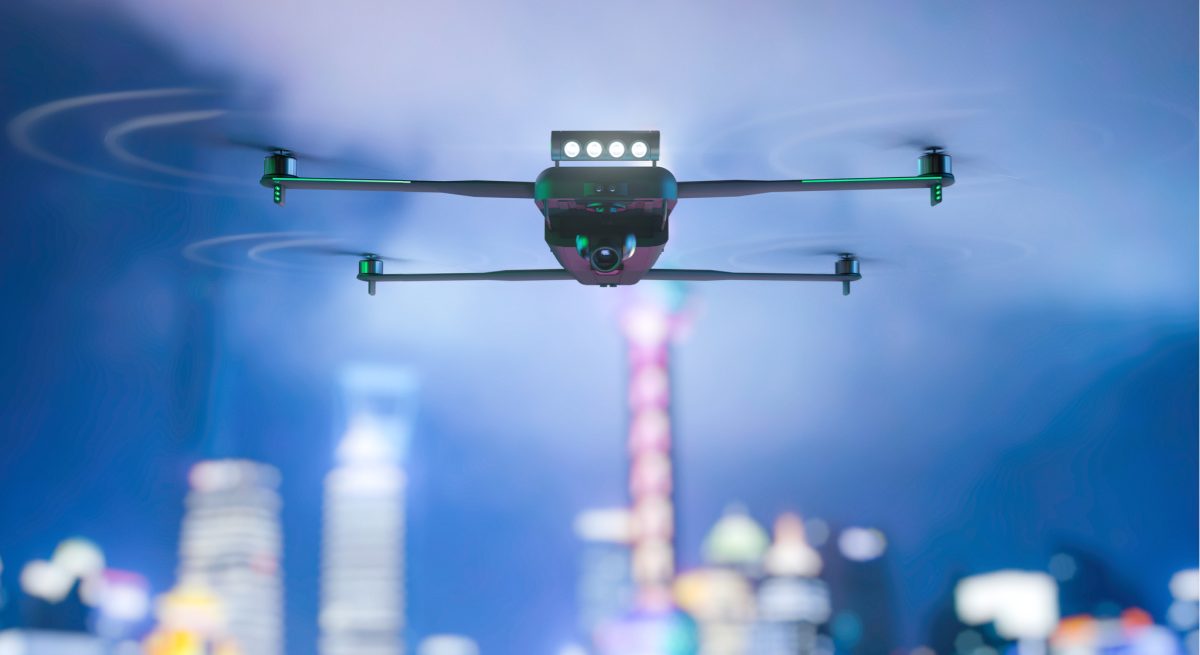COVID-19 Has Accelerated On-Demand Drone Delivery
3 Min Read By Yariv Bash
The UAV industry is on the cusp of an historic decade with on-demand drone delivery solutions taking flight. Both tech giants like Amazon and Alphabet as well as startups are rolling out new models of aerial delivery in a bid to appeal to consumers’ appetite for quicker, cheaper, on-demand delivery.
But while on-demand drone deliveries may no longer be futuristic fantasies, many still perceived them as a novelty, not a necessity. Then came the coronavirus pandemic.
As a new period of social distancing and lockdowns took hold, many countries turned to drones to deliver such goods as prescription drugs, personal protective equipment (PPE), food, and other essentials – keeping people in the safety of their own homes while avoiding unnecessary human contact and maintaining the flow of goods.
Many companies that had already launched drone deliveries ramped up their services to help consumers abide by stay-at-home rules, providing an efficient delivery solution that enabled people to avoid crowds and unnecessary interaction at supermarkets and pharmacies.
Now, nearly half a year after the pandemic upended life as we knew it, it is increasingly likely that along with remote work, telemedicine, the explosion of e-commerce, and the emergence of new supply chains, the increasingly widespread use of drone deliveries will also be remembered as one of the lasting legacies of the COVID-19 period. As restaurants and food service businesses grapple with unprecedented challenges, wider use of drone deliveries will also extend a crucial lifeline to the imperiled industry as it continues to strive to meet growing customer expectations for rapid deliveries – a demand that’s sure to intensify as people grow increasingly enamored of the on-demand, e-commerce economy.
A New Market Landscape
Airspace regulations have long posed some of the highest hurdles to implementing widespread drone deliveries. But amidst the ongoing coronavirus emergency, a new sense of urgency has begun to motivate governments around the globe. Regulators – who had previously reined in the adoption of drone delivery systems – have now began to fast track approval processes. While many believed it would take years to secure the necessary regulatory and public acceptance for drone deliveries to go mainstream, COVID-19 seems to have sped things up immensely.
Indeed, authorities in the United States, Ireland, and Canada have all sped up approvals and classified drone businesses as essential workplaces to help meet the need for quick deliveries of food, prescriptions, and PPE. The Federal Aviation Administration, for example, has issued numerous drone flight waivers to enable UAV companies to assist in the pandemic response.
This regulatory flexibility has given a broader swath of the public access to the benefits of drone deliveries, setting the stage for accelerated growth of the industry in the coming years. Prior to the pandemic, Research and Markets had forecast the global drone market to grow from $14 billion in 2018 to over $43 billion by 2024, with drone deliveries set to be the fastest growing application.
Moreover, while much of the public had long perceived drone deliveries as dangerous and perhaps invasive, the pandemic may be shifting the public’s perspective. With fears of contagion keeping many shoppers at home and away from markets, drones now offer a viable solution for contactless deliveries. By late May, Alphabet’s Wing drone delivery service reported a 350 percent spike in global signups, while communities that had existing drone delivery pilot programs are also witnessing big jumps in orders. More and more U.S. grocery stores are utilizing drones to deliver orders to customers in as little as 30 minutes or less.
As drones assist in the response to the virus and help power a recovery, the industry is poised to reach new heights, well ahead of schedule.


